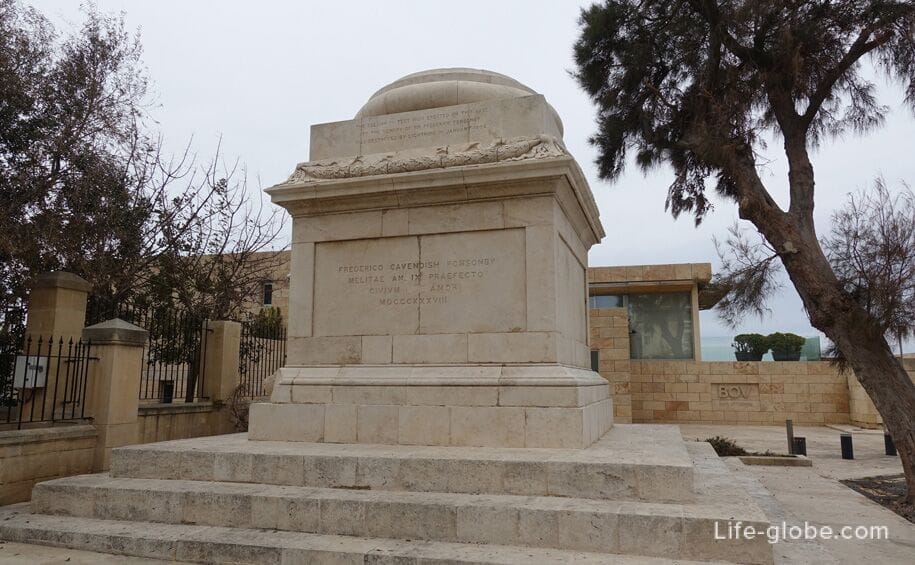
Hastings Gardens is a public park and recreation area, located on top of the bastions of St. John's and St. Michael's, on the west side of the city gates of Valletta.
Maltese legend has it that the construction of the gardens took only 4 hours. The legend is that the Maltese are industrious.
Hastings Park is small in size. The Park has a courtyard for walking, places for rest and a fountain. These gardens, in contrast to the more well-known and visited gardens of the Upper and Lower Barrakka, less crowded and more secluded.

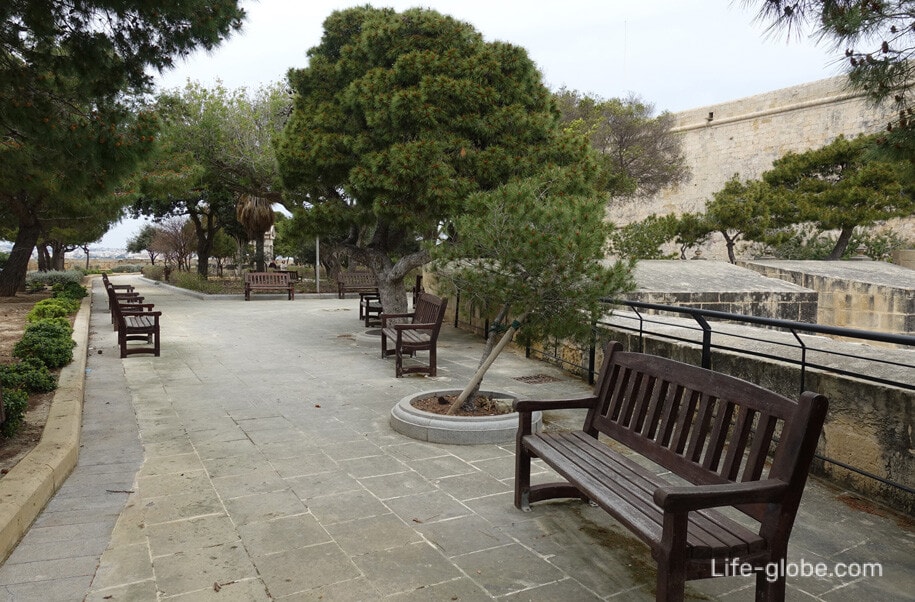
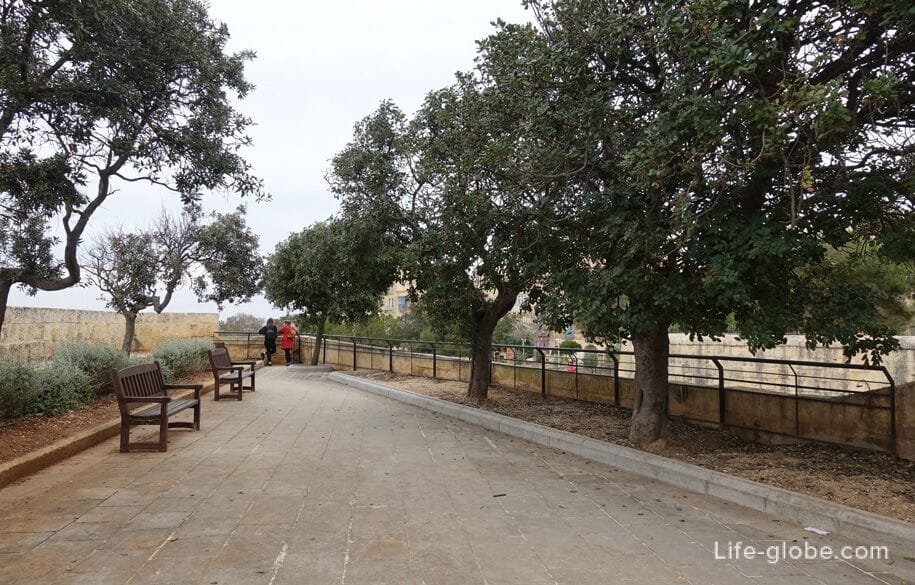

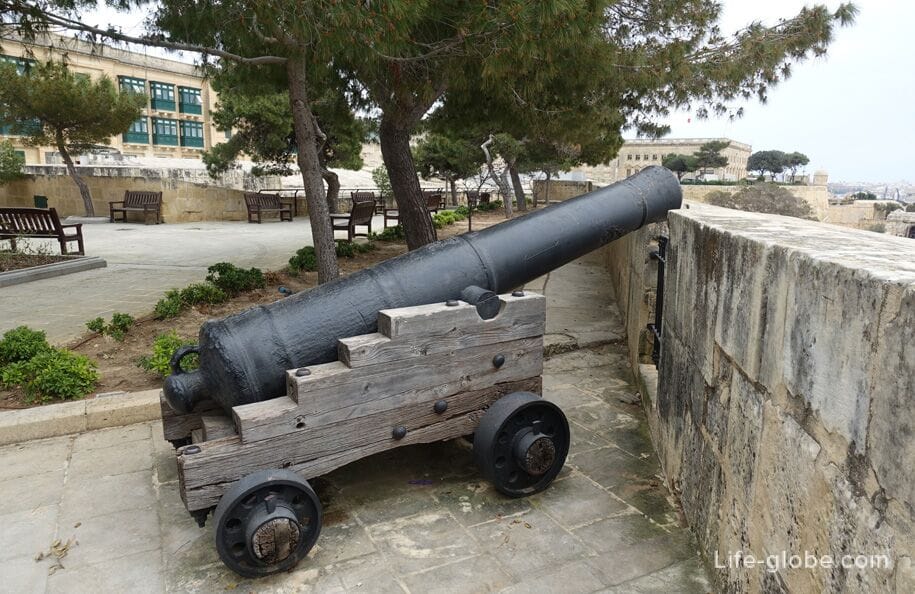
Inside the gardens is located several monuments:
- the monument (tomb), erected by the Hastings family in honor of Francis, 1st Marquis Hastings, who was Governor of Malta. Lord Hastings died in 1826 and was buried in the gardens;
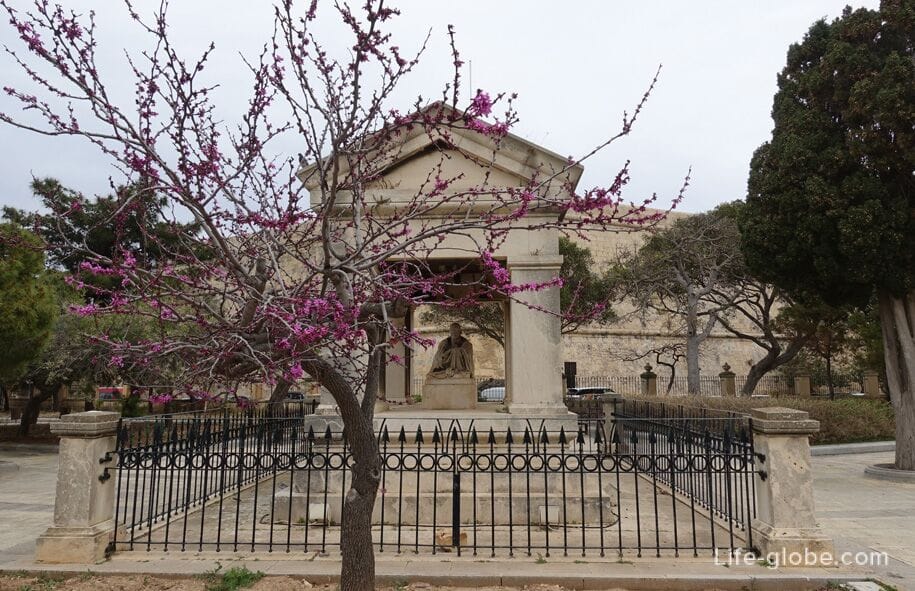

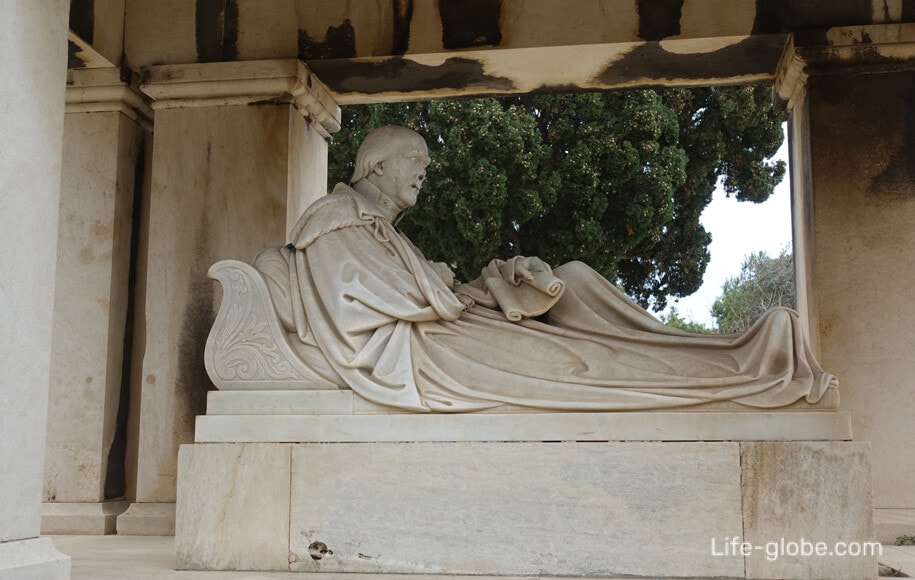
memorial in honour of Vaclav Havel, playwright, writer, politician, last President of Czechoslovakia and the first President of the Czech Republic;
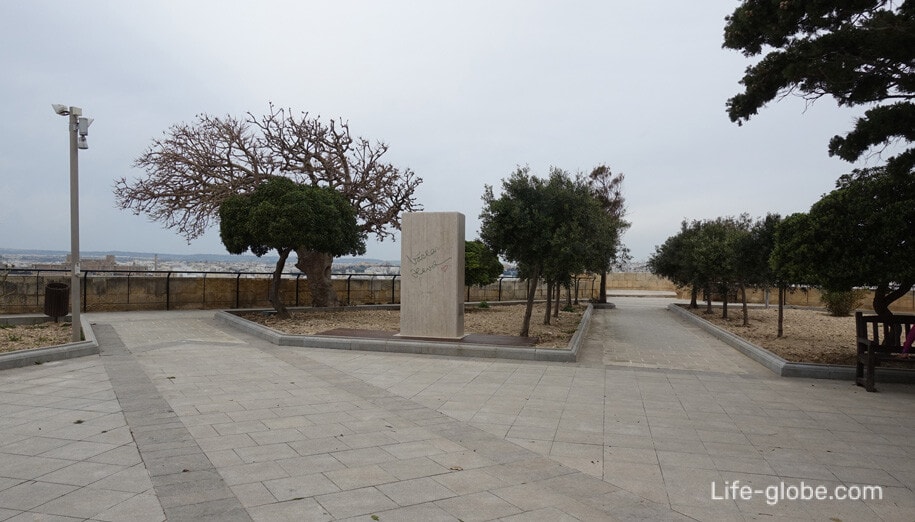
a khachkar (memorial stele), presented on 22 December 2009 the Armenian community of Malta in honor of the friendship between the Armenian and Maltese peoples.
The cross-stone was made in Armenia and taken to Malta. The ceremony was attended by members of the Maltese Parliament, the mayor of Valletta and other guests. A plaque in the khachkar reads: "In a sign of friendship between the Maltese and the Armenian Nations. Armenia thanks Malta for the support of the Armenians who found refuge on this island in tragic years of 1375 and 1915".

Hastings gardens is one of the highest points of the former city walls, carrying out defensive functions. Due to its location, the Park attracts visitors primarily for the fact that the gardens offer spectacular panoramic views, including at the forts, the Triton fountain, city gate, city Floriana, Msida, Sliema, and Manoel island and the surrounding area.


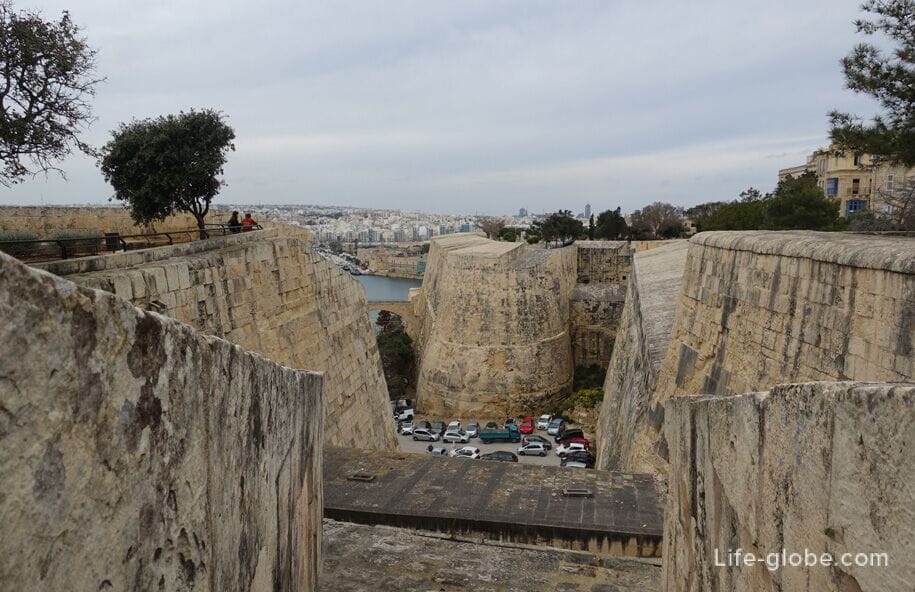
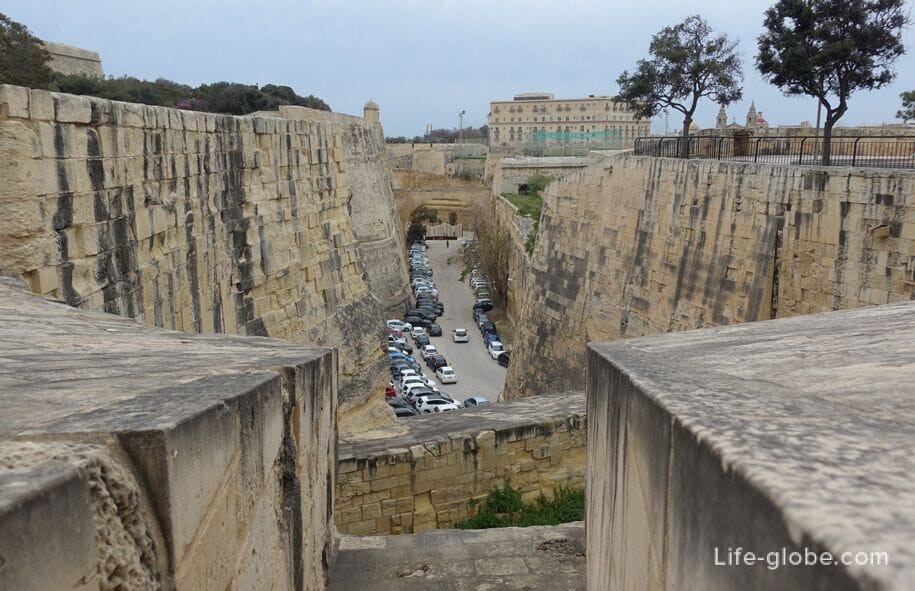
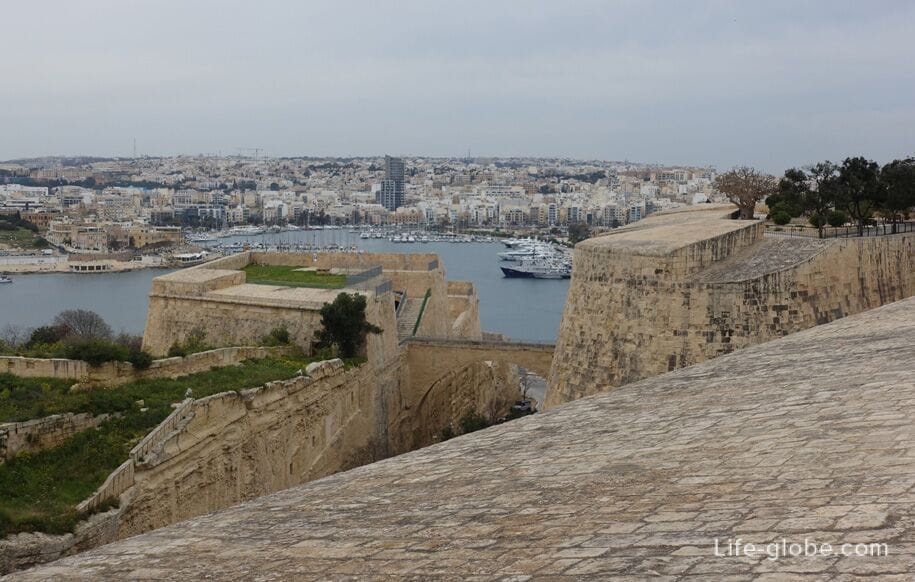
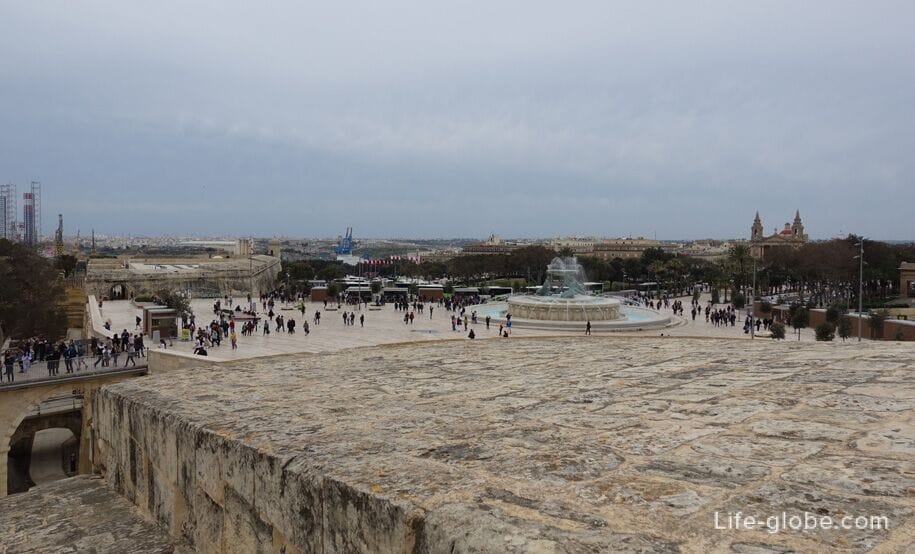
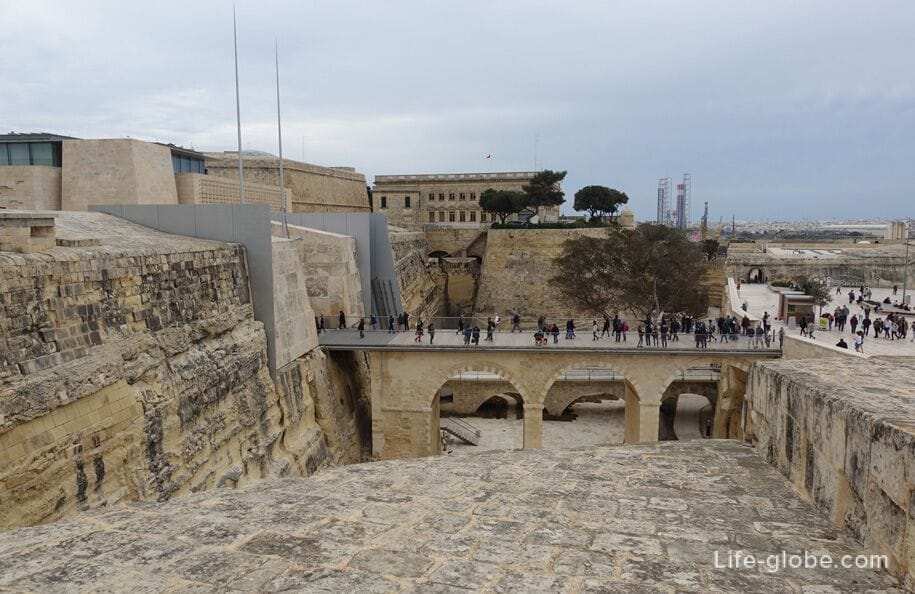
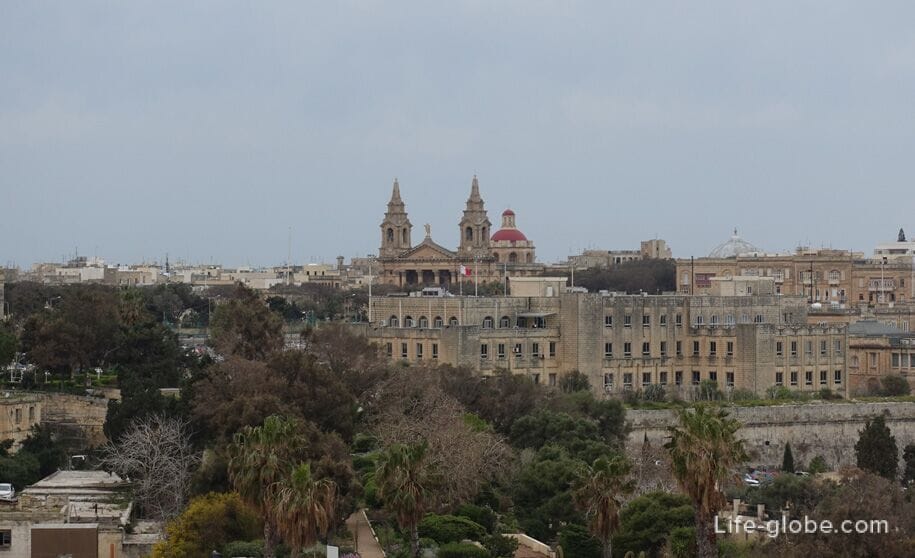
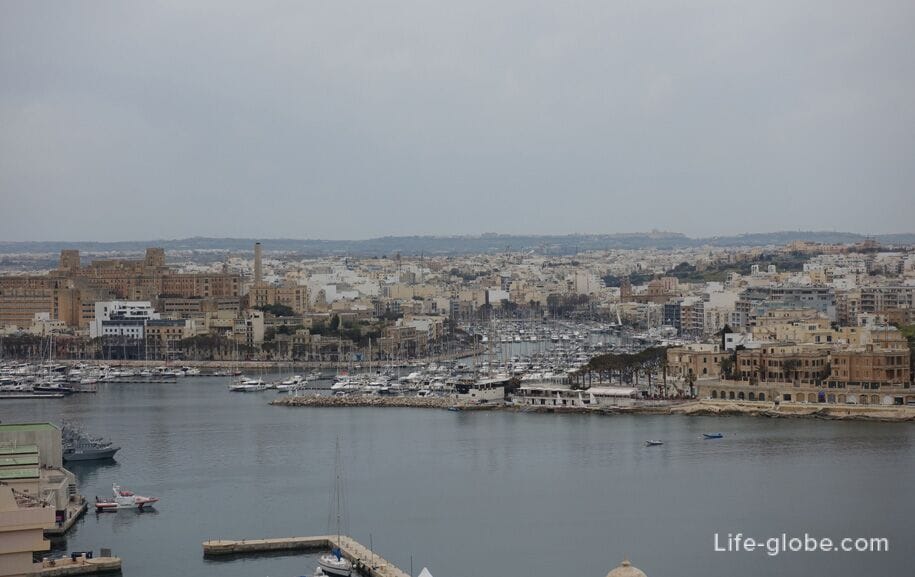
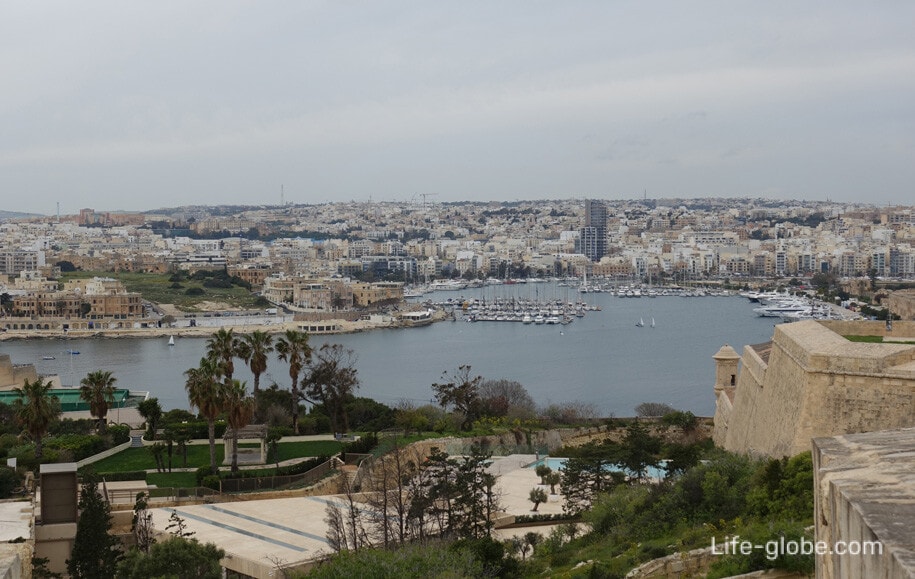
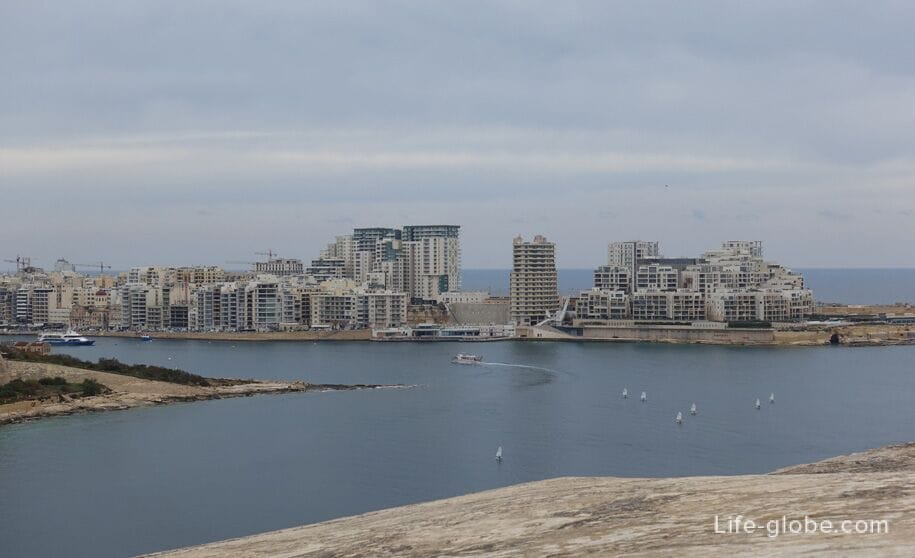
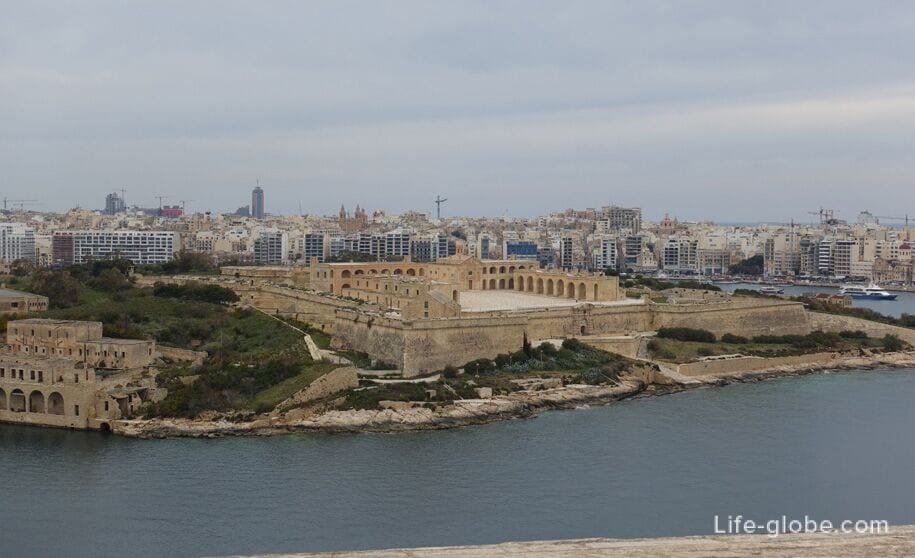
Near the entrance to the gardens is a pedestal, which previously stood a column height of 70 feet, set in memory of sir Frederick Ponsonby. The column was destroyed by lightning in January 1864.
